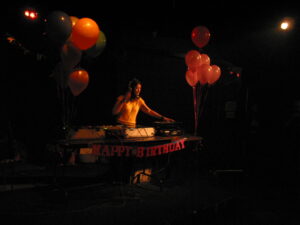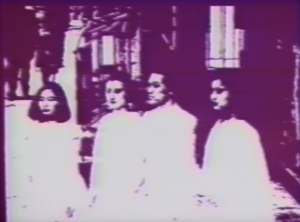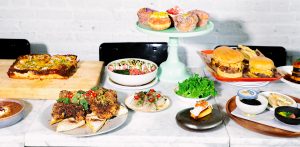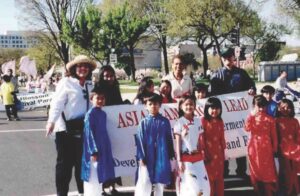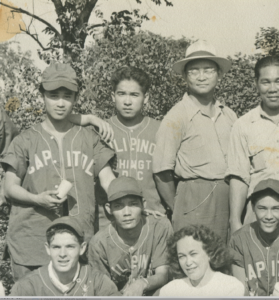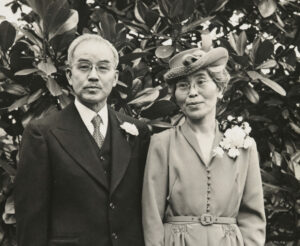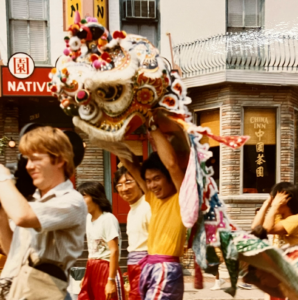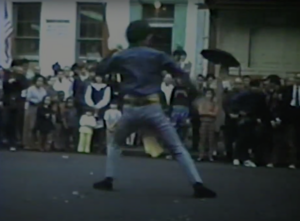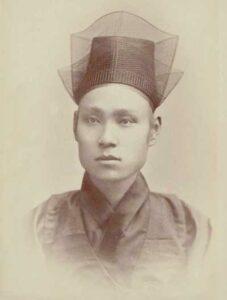
George: My name is George Che. I’m a senior at Benjamin Banneker Academic High School, and this will be my fourth year in Asian American LEAD (AALEAD). My freshman year of high school I was assigned to AALEAD as my community service site. I was 14, I was just entering high school, and to be honest, I was never the type of person who would put myself in spaces where I would take on more responsibilities or be a part of something bigger. But there was something about this opportunity—how AALEAD prioritizes youth voices and places most of the deciding power over what we do in us. Here I am four years later, and I’m the Youth Council Ambassador!
I think the reason that I stuck with it was that Youth Council was fostering an environment for growth in a way that I hadn’t seen before—leaving things in the hands of the students. To some people, I think that might sound a little crazy. But the community that I was able to build, and the relationships that I was able to form as a part of my time with AALEAD, are all invaluable to me. I cherish them every day. The supervisors I’ve met through the years—Diana, Joseph, Landy—these are all people who have had a very big impact on me one way or the other.
And I cherish this opportunity for how far it’s taken me in my own personal growth, on top of the amazing projects that we’ve been able to do—whether that be taking on gentrification in Chinatown, or working on food insecurity projects or on environmental racism. Because when people come into Youth Council, there are a lot of things that they’re passionate about. But what I think is beautiful about Youth Council is that even though you may choose a topic that you personally didn’t have much of an attachment to, there are a plethora of different ways you can approach a topic.
For example, just this year we focused on food insecurity, and there were opportunities for the people in our groups to do social media outreach, research, awareness raising, grassroots organization fundraisers, and organize donations food to food banks. And the ability that is given to each and every youth and the environment that AALEAD creates with the Youth Council program is what has stuck out to me.

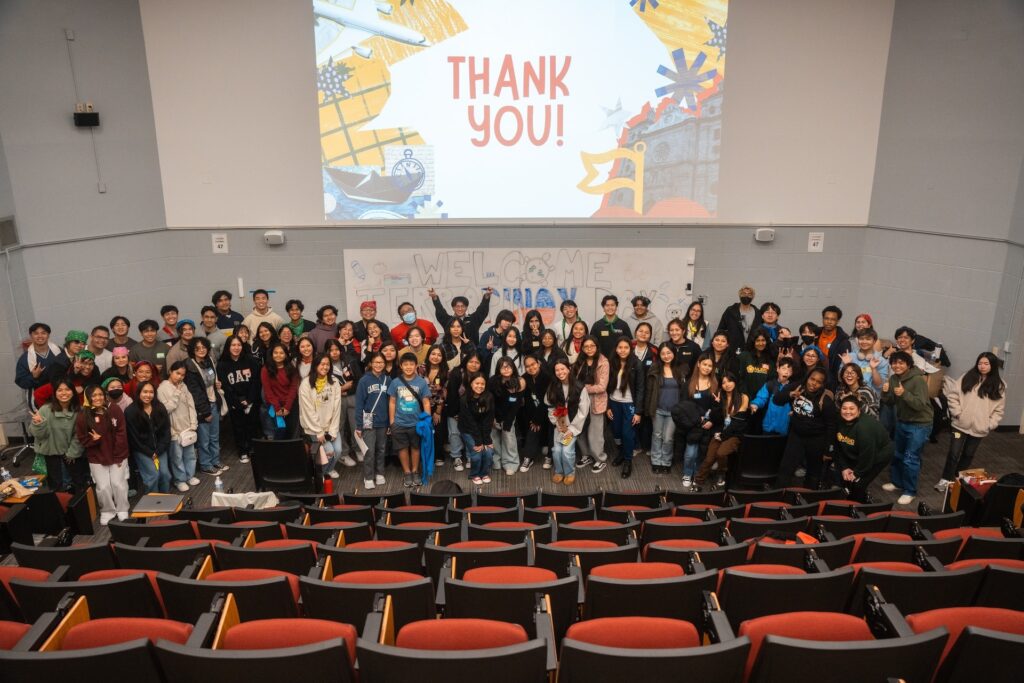
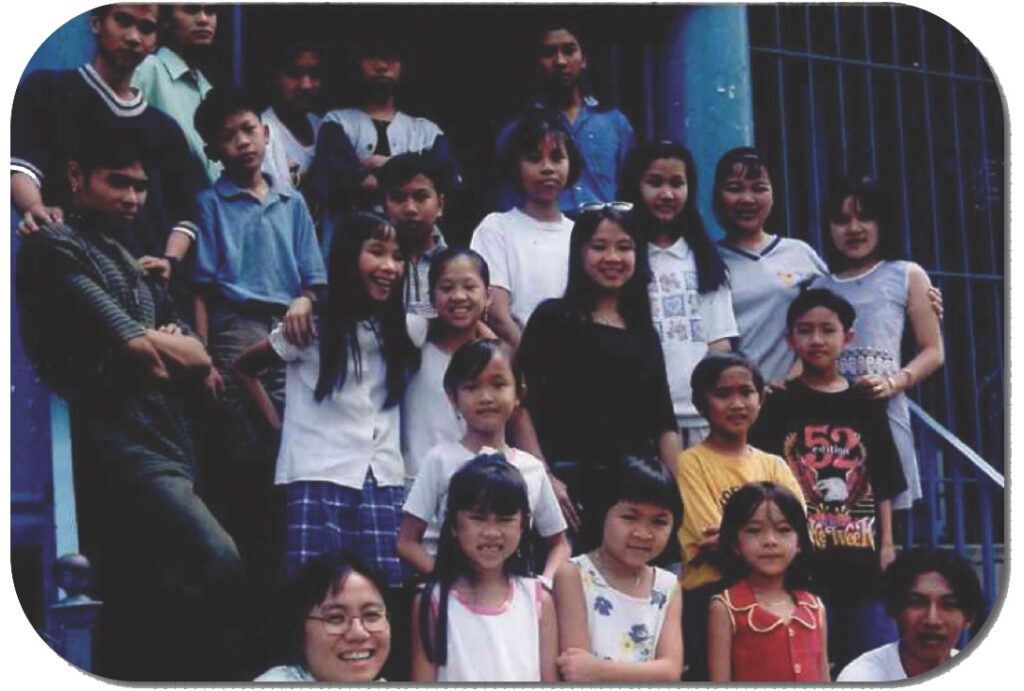
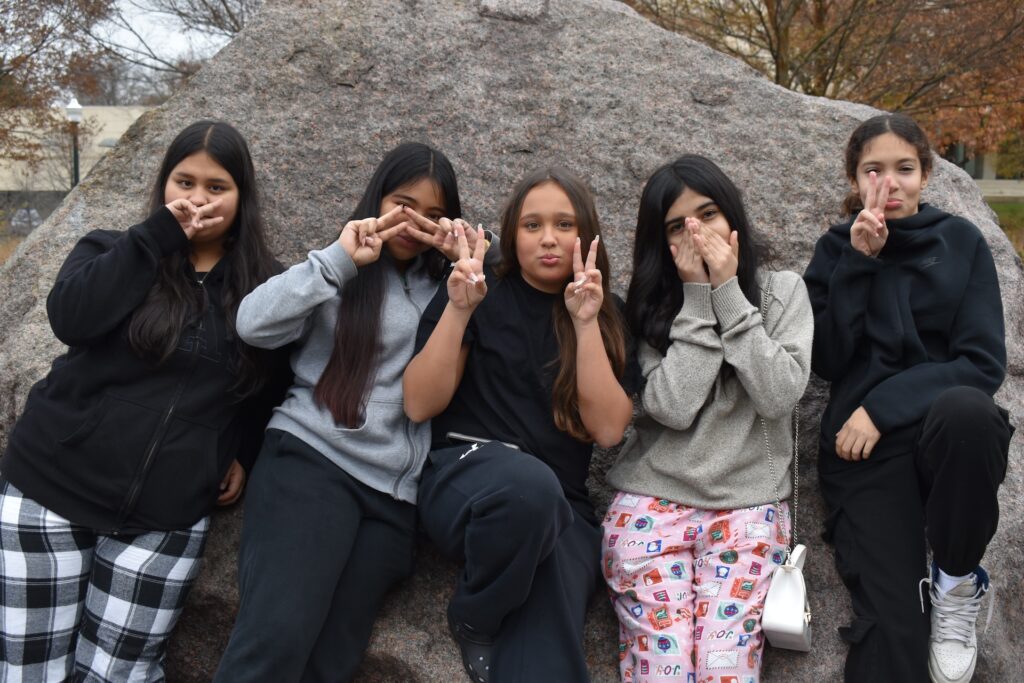
Sandy: That’s really great to hear, George. And listening to you reminded me of when I first founded this organization. In 1995, there were 6,000 Vietnamese refugees living in D.C.’s Mount Pleasant, Columbia Heights, and Shaw neighborhoods. They came to this country and they didn’t feel a sense of belonging. Many of the Vietnamese refugees who came didn’t speak English at all, and they felt at a loss because they didn’t know about the school system. All of that really had an impact on the youth. They were bullied in school and some of them had to join gangs because they needed to protect themselves. I started the nonprofit because I wanted refugees and young people to have a voice. We really believed that they needed to feel good about who they are and how they can use the language and culture that they brought with them.
From the very beginning, we knew that education is an empowerment tool. We believed that education for Asian Americans and other people of color was a way for them to move up in the world, to be able to have opportunities to learn, and to open their minds. We believed that education could help you to be a better leader.
We called it Youth Power at the time (now it is called Youth Council). Young people were making decisions about how to share their struggles in the school system and the neighborhood, and what kind of action they wanted to take up to have their voices, their opinions, and their stories counted. We had high school students in the community mentoring junior high school, middle school, and elementary school children. They started a program where they designed different after-school activities for the younger children and on weekends as well. They started a picnic program, a field trip program, and they took younger children in the community to visit museums. And they also went and testified in front of the D.C. Council to advocate for funding to support after-school programs, summer youth employment, and for having bilingual Vietnamese counselors at Lincoln Middle School and some of the high schools. So anyway, listening to you just reminded me of why I founded this organization in the first place.
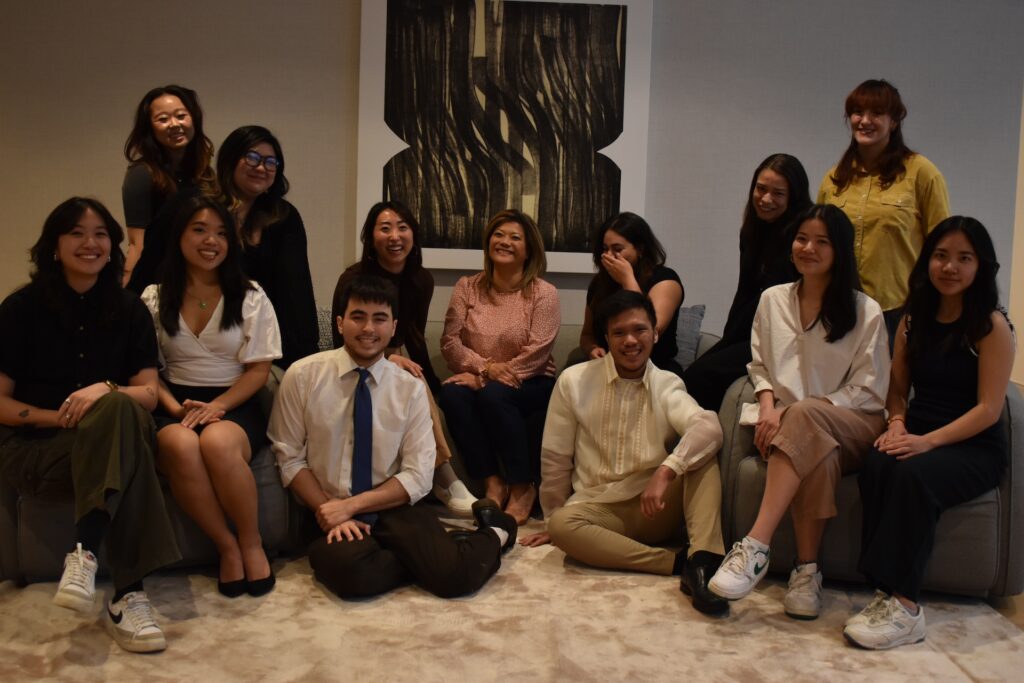
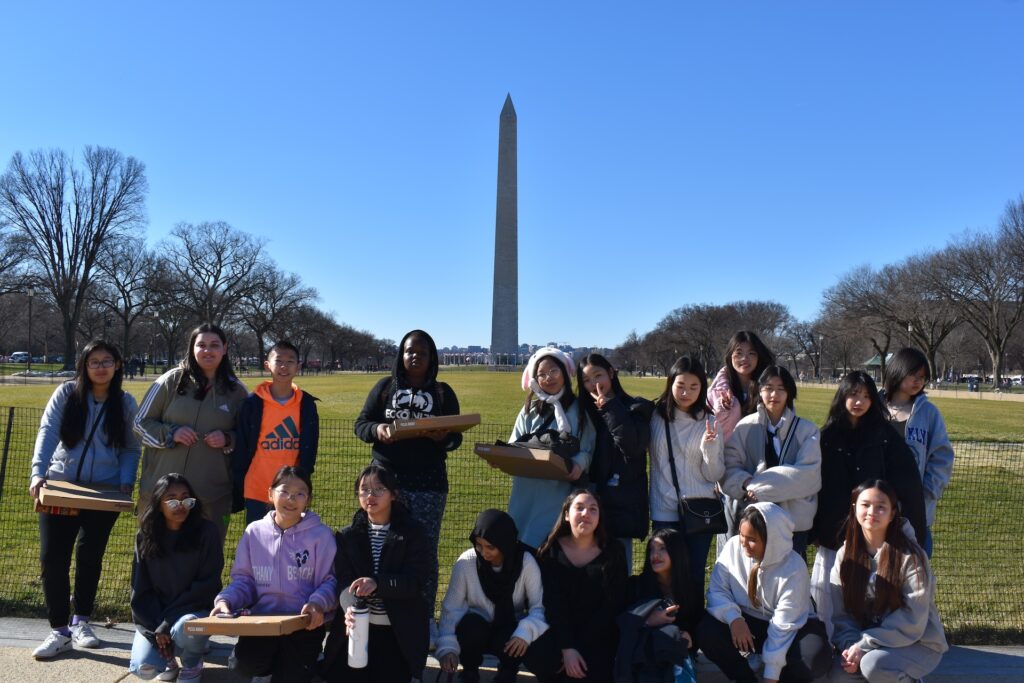

George: I definitely feel like that ambition and that desire for people to have their voices heard—and for people to be able to come together and become something more—is one of the things that AALEAD has worked so very hard to sustain over all of the years that it’s been running. One of the things I value most is the fact that D.C. is an incredibly diverse city. I was born here (in Ward 7) and I’ve lived here my entire life, all 17 years. At every step that I’ve taken in my life, I’ve been surrounded by peers who are so different than me, and some who are so similar to me. And for me, the most important thing is being able to be part of creating a space where we’re able to be more understanding of each other. And I think that’s another thing that AALEAD strives to do, even now. AALEAD has opened its doors to people of all backgrounds now, not just Asian American Vietnamese refugees, and I think that is a pretty noble step into the future, because you’re calling people into your experience.
People always say that the world is a melting pot, the United States is a melting pot, but I don’t see it that way. I think everyone, every individual in every community, has their own things to contribute to spaces. This is the reason why I work so hard to create these spaces and why I have worked so hard to leave the Youth Council better than it was when I arrived.
Sandy: What you said really makes sense to me because I started AALEAD to encourage young people to realize their leadership capabilities. And what you just said about how AALEAD connects people of color is basically what we did from the start. We have more in common than we realize. My whole motivation was to create an organization that belongs to the community and that addresses the needs of the community. We started with $15,000 and we worked with so many people who volunteered as mentors and tutors. I’m very happy to hear that you feel that the organization is really meeting the needs of young people in the community.
We really believe that everyone can take up leadership, to mobilize to help each other, and to build community. And one thing I’m really proud of about AALEAD is that we were able to attract people from so many different diverse backgrounds, different histories, and we all came together. And I think that’s very exciting. We all modeled leadership for each other. So leadership is something that is modeled throughout the organization, and it’s so exciting that AALEAD continues to foster that.
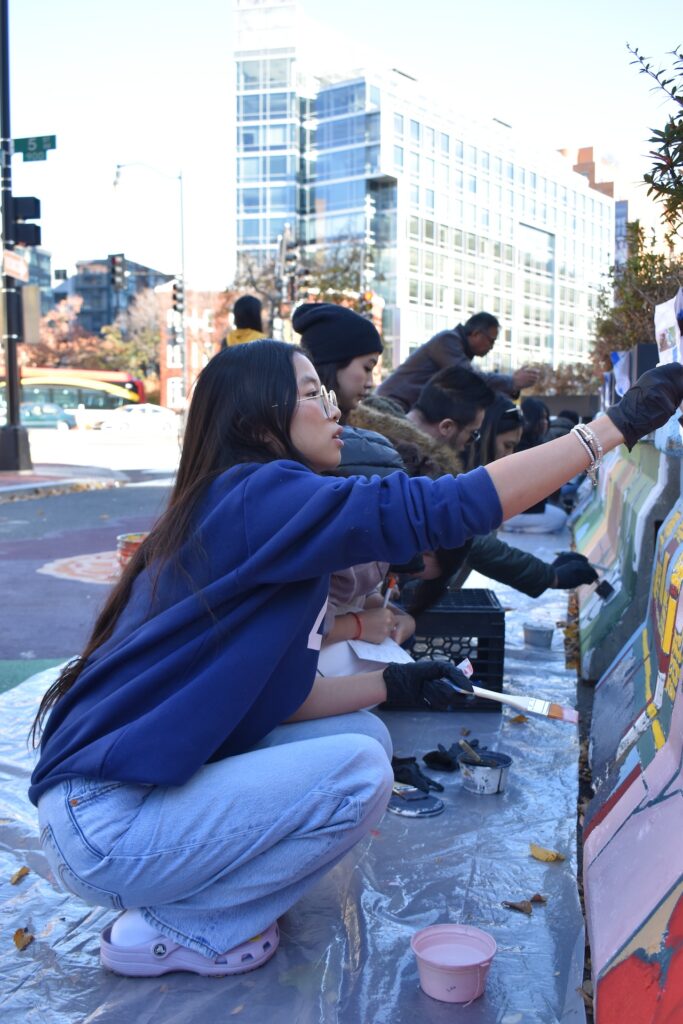

George: I think there’s always been this unwavering faith in the community, a belief that we can lift each other up. You can really tell that there’s a love for what everyone does here—there’s a transferring of the love for the community that has been built by those who came before. As long as people pour their love into the next generation, pour into it the hard work and dedication that was shown to them previously, and they pay it forward, we are truly showing that we too believe in our potential and our ability to keep things going.
I always like to think of someone in my Youth Council cohort—her name is Lauren. She is from Peru, and she decided to share a poem in front of all of the guests at our end-of-year celebration. And I had not told her beforehand, but my father is also from Peru. I felt a little bonded there, even though I had never told her. And she spoke with so much heart about her home country, and there were tears welling up in her eyes as she read the poem. I told her, “I thought your poem was really beautiful. I think it takes so much courage to go up there and share your own story. I think that it’s so beautiful that we have created a space where people feel comfortable being so vulnerable about who they are, about where they come from, about who they aspire to be.” And through that I am reinvigorated that I am a part of this, too. I’ve played a part in building that same space where I’ve seen people pour their hearts out to because they know they have a story and they know that they’re allowed to share it, and they’re not scared to do that.
Sandy: That is beautiful. It really reminded me about the importance of creating a safe space for young people to discover their own identity, their belonging, their leadership, and their sense of purpose. I’m very proud that you said that, because the spirit of AALEAD continues to move among the staff, the board, the volunteers, the young people, the parents, and the community. I think that’s very beautiful.
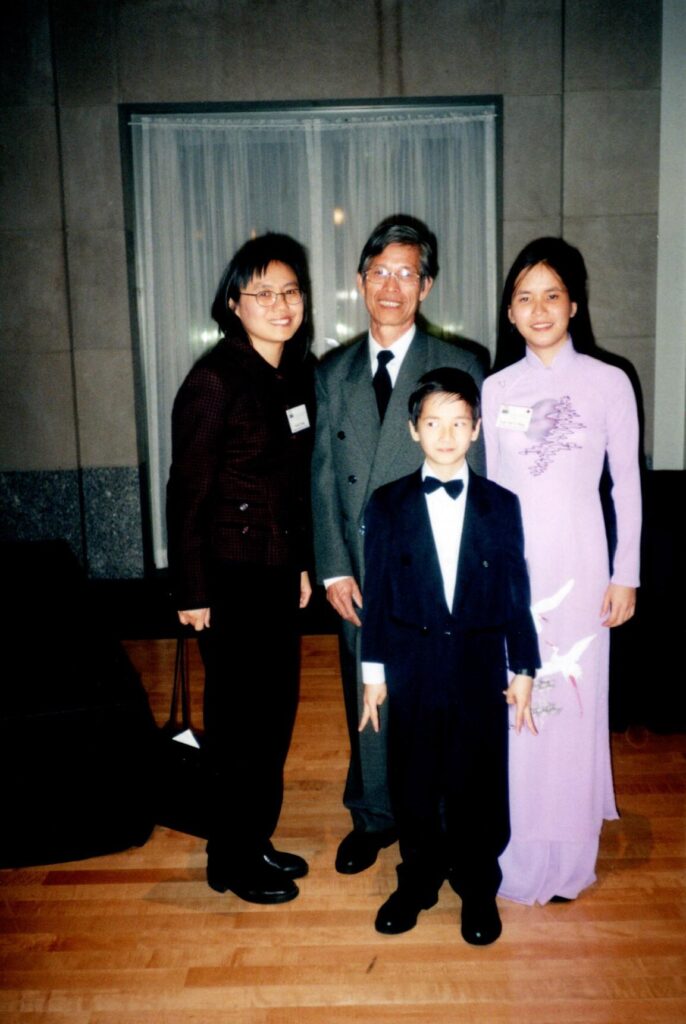
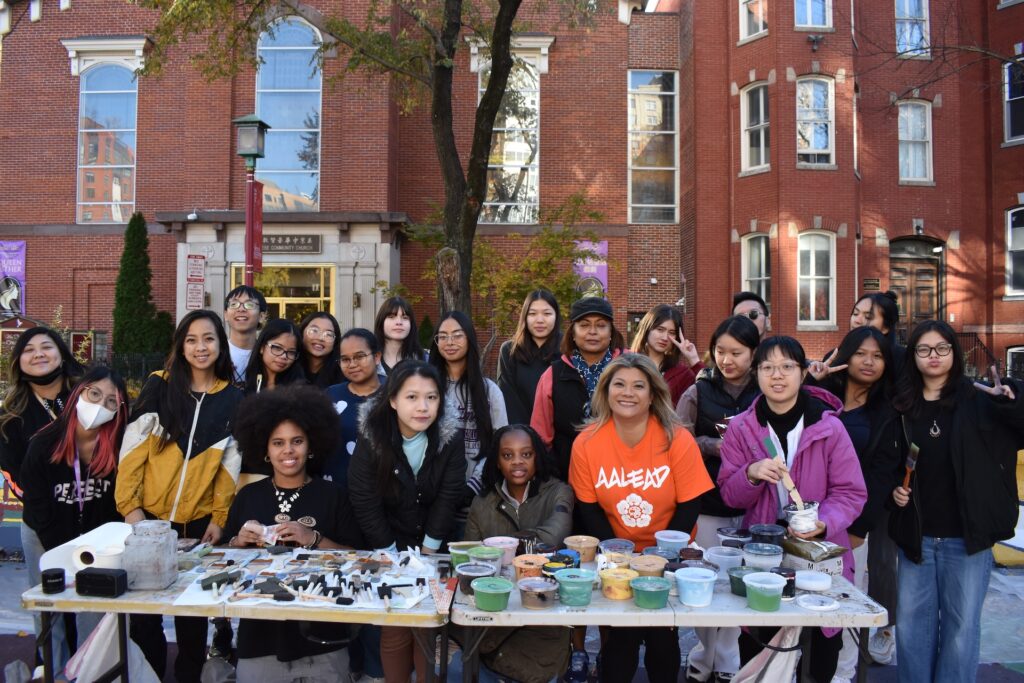
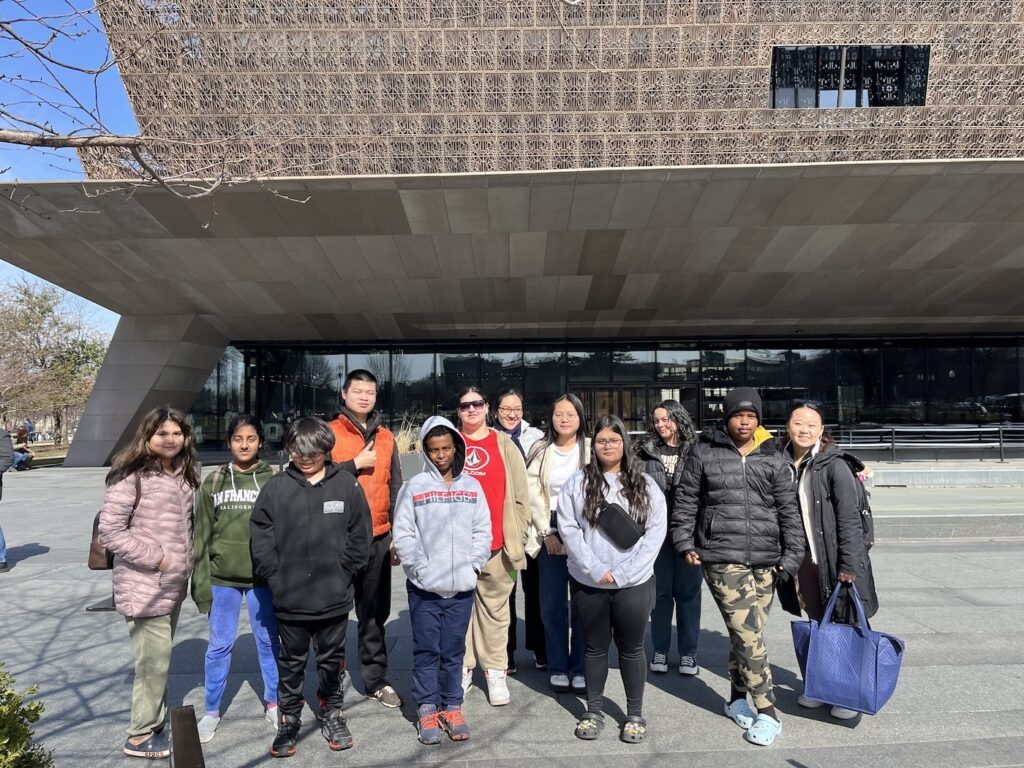
George: And I am incredibly indebted to everyone at Youth Council. I’m so happy to have met everyone here and to be able to speak about my experiences. And now that the time I’m spending with Youth Council is ending soon, I think this is the best note it could have ended on. So thank you so much.
Sandy: Well, George, I have to say that I’m so impressed with you and so impressed that you have done so much for the Youth Council. And also I just want to say that I’m very proud of AALEAD and all the work that the staff is doing, because as a founder and former executive director, I’m really happy to see the organization grow without me and to go on and to continue that spirit of giving a voice to young people, taking young people seriously, honoring the stories, the talent, the leadership that youth have. And so I just have to say that this has been a wonderful opportunity, to be able to listen to you and really feel so proud that the organization I started many, many years ago has continued with those values.
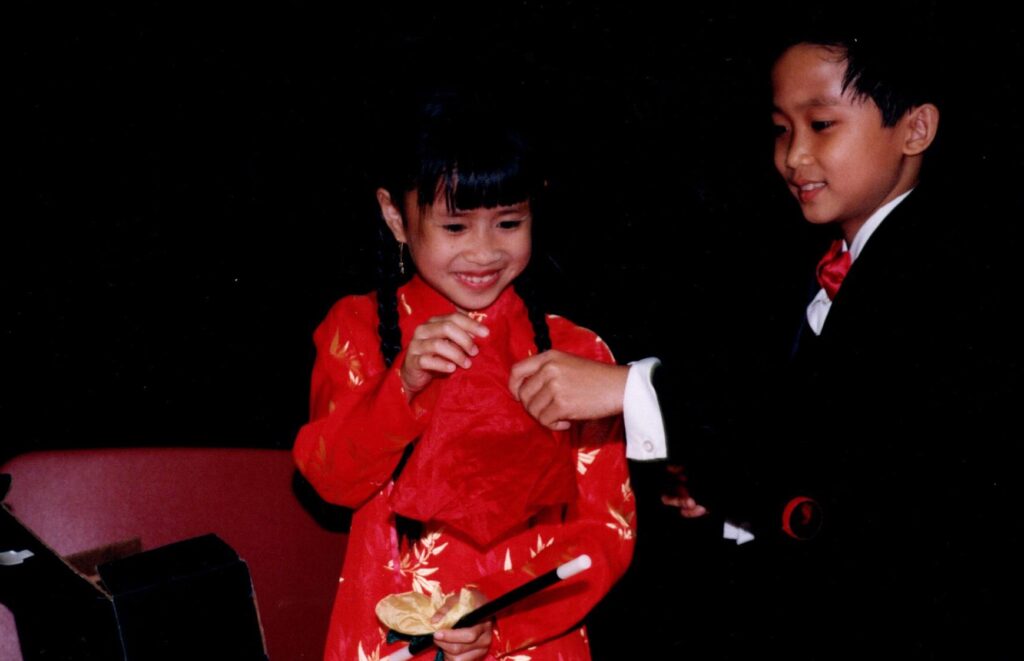
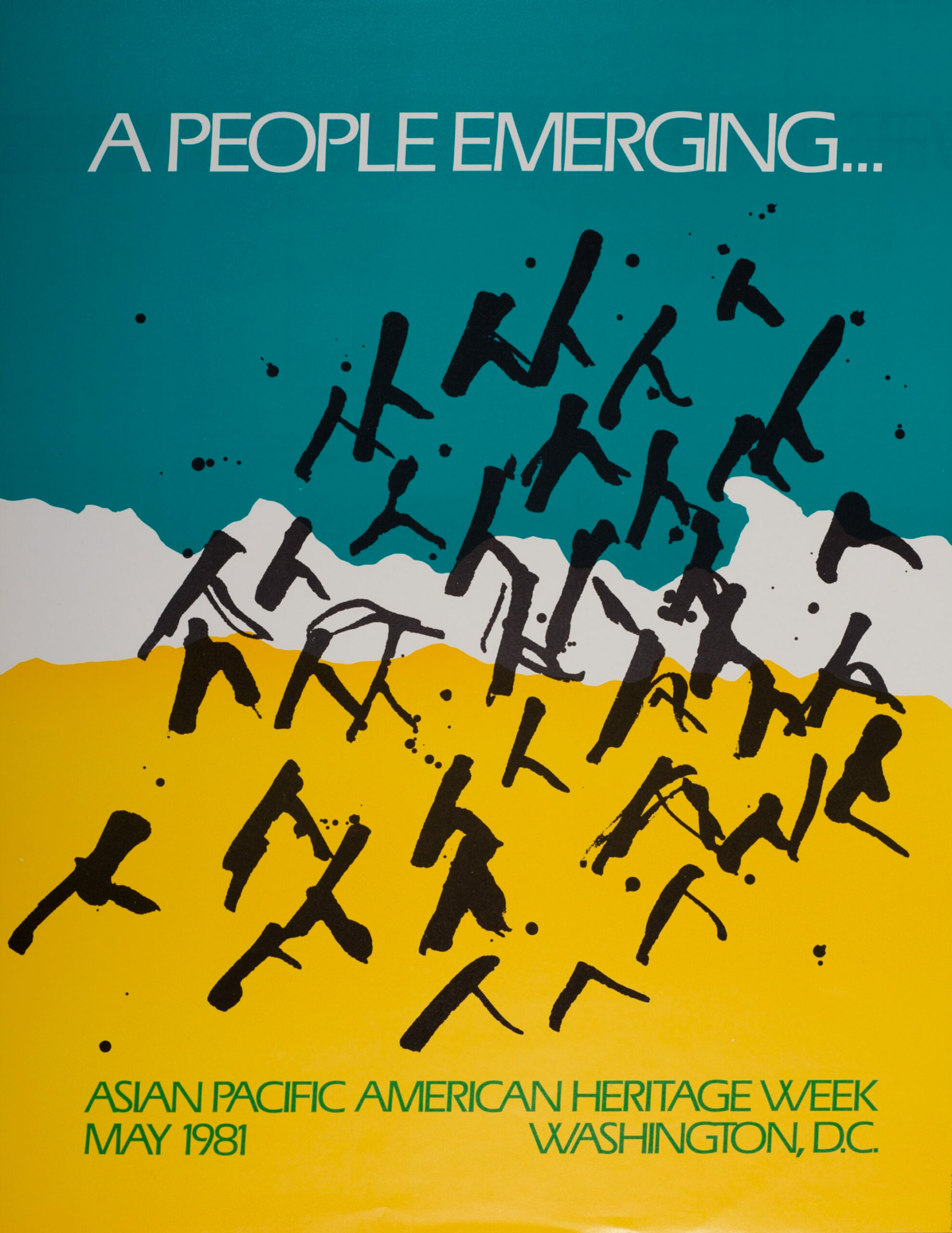
“A People Emerging” poster by Miu Eng, 1981
AALEAD’s story is part of a larger lineage of grassroots Asian American organizations that have made significant impact by forming cross-cultural coalitions. Sightlines features ephemera such as this poster by Miu Eng for Washington, D.C.’s annual Asian Pacific American Heritage Week.
